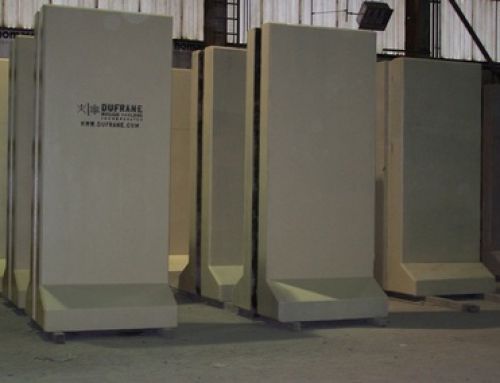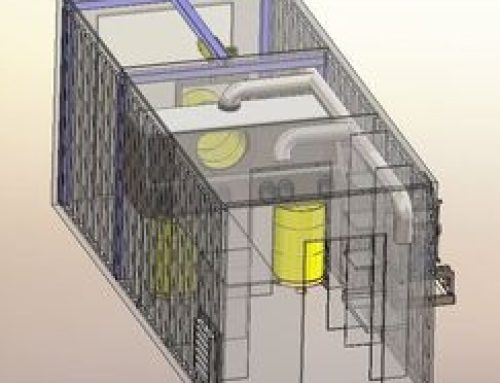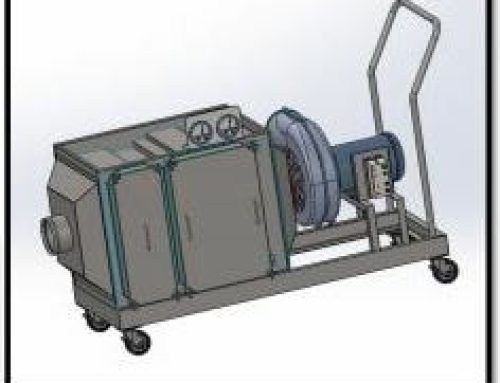As you drive across the Snake River Plain in southeastern Idaho along Highway 20 you are surrounded by the vast 890-square-mile Idaho National Laboratory complex, formerly the National Reactor Test Station. It was here that the peaceful potential of nuclear energy was realized, fostered, and continues to be developed. It is here that Experimental Breeder Reactor One (EBR-I) was constructed, the world’s first reactor to produce useable electricity.
As you approach EBR-I, you realize it is much different than today’s PWR and BWR nuclear power plants. Housed in a simple brick design building sits the first reactor to ever produce usable electricity. Entering the single building that houses the control room, reactor, and the balance of plant equipment, it is evident that this truly was the beginning. Sitting on the second floor is a simple, yet effective control room design that provided operators various means of throttling the reactor coolant pumps,
manipulating the control rods, and monitoring system parameters.
A short walk from the control room and you are standing on top of the reactor peering down through the reactor vessel shield to the reactor head. On display behind you is one of the U238 bricks used to build the neutron reflector/shield
that absorbed fast neutrons from the core to transform U238 into another fissionable material, plutonium. The reactor was cooled with NaK, a sodium-potassium eutectic mixture that transferred heat well and most importantly did not slow down the fast neutrons that were necessary to facilitate the plutonium breeding process.
The use of NaK liquid metal coolant in EBR-I demonstrated that highly volatile coolant could be utilized safely. NaK coolant has wonderful thermal absorption properties that exceeded the capabilities of traditional light water. NaK also allowed the neutrons to maintain their speed of 1MeV enabling them to breed
additional fuel from the U238 blanket that surrounded the core.
Another short walk and you encounter the electrical generator. With the steam motion from the third cooling loop, the electrical generator produced the first useable electricity that powered four simple light bulbs. Utilizing a 300KW turbo generator, EBR-I was able to supply enough power to satisfy the plant requirements.
Traveling down to the main level behind the reactor, you encounter the fuel transfer cask that was utilized to transfer (in an inert argon atmosphere) the fuel rods contaminated with NaK coolant to a washing station housed in the basement. In the washing station, acetone and alcohol were used to wash off the highly volatile NaK coolant. After the control rods were cleaned, they were sent a short distance to the fuel rod farm to cool. When the fuel rods were cool, they could be transferred to a hot box to be deconstructed and examined.






Leave A Comment